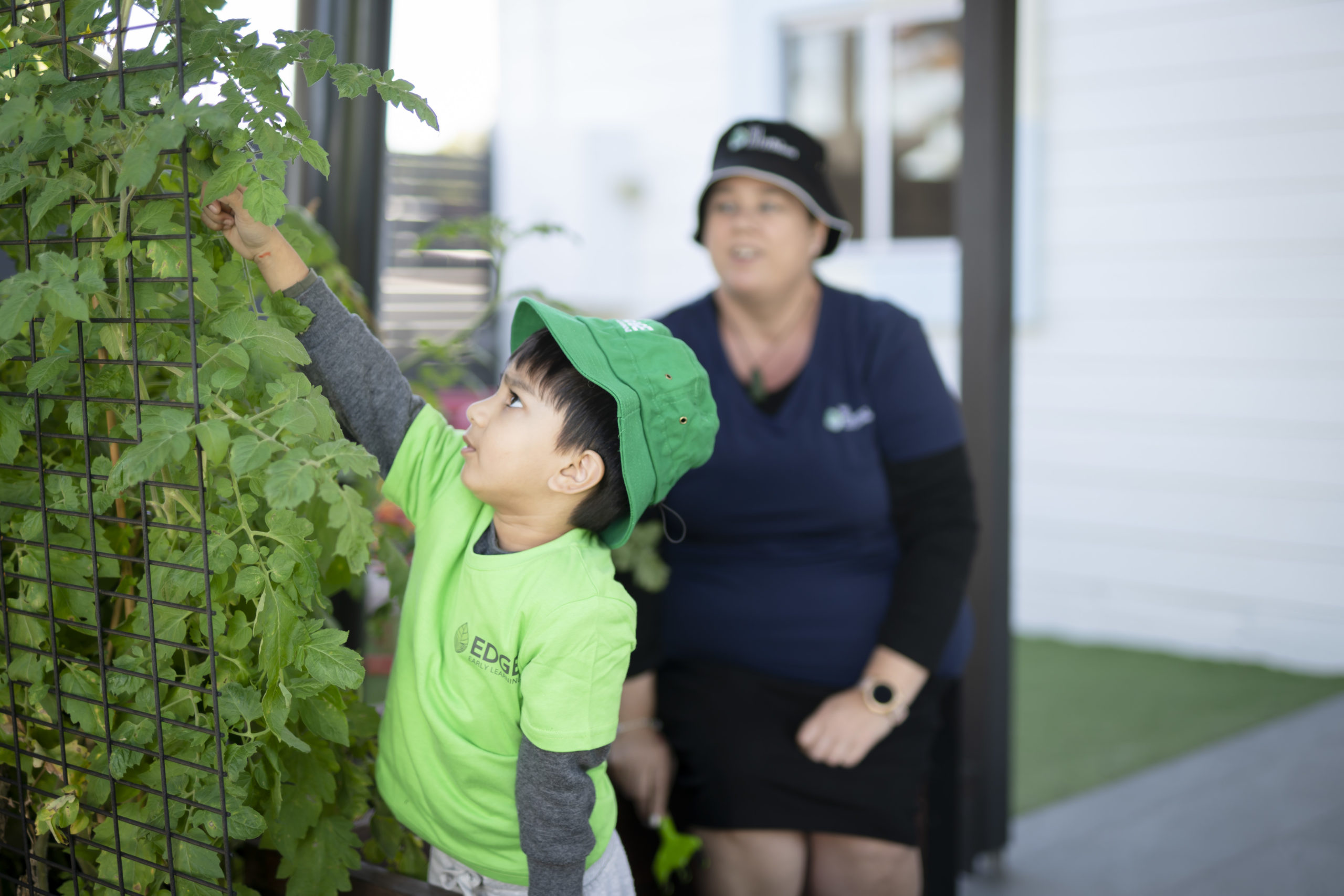
Nutrition, Wellbeing
Nutrition
04 August, 2022

If high school science taught us anything, it’s that plants need sunlight like we need food. The place you choose to set up your herb garden will determine the types of herbs you can grow, and how well they will develop. Most herbs – especially Mediterranean ones like rosemary and thyme – require full sun to develop strong scent and flavour, so choose a bright spot that doesn’t get much shade.
If you don’t have that, don’t worry. Some herbs can survive on as little as two hours of good sun each day. These include soft green herbs like parsley and mint.
You don’t need a huge amount of space to grow a great herb garden. If you don’t have a big backyard (or any backyard, for that matter) a large pot on a balcony is a great alternative. You’ll need to make sure your chosen pot has good drainage holes – if it doesn’t, you can drill extra ones.
A group of pots not only looks great, but it also has the added benefit of insulating your plants from extreme temperatures. Black pots will attract more heat (thanks again, high school science!), so take this into consideration when shopping. Also, consider how porous you want your pot to be – materials like terracotta will dry out quicker than ceramic pots.
Are you lucky enough to have an existing garden bed, or space to plot a new one? Make sure you remove any grass or weeds from the area (covering it with plastic for a few weeks in hot weather is a fuss-free way to kill the existing plants) and top it up with a healthy organic soil mix. On that note…
Step Three: Find the right soil
Like building a house, the sturdiness of your herb garden relies on a good foundation. That foundation is your soil. Most herbs will prefer well-drained soil, as wet roots can develop disease and rot.
Your best bet is to opt for a light, crumbly soil. If you choose clay or sandy soils, be sure to add compost to give your herbs the nutrients they need to thrive.
Here are the top five herbs to fill your brand-new herb garden with…
1. Coriander: Grows well in autumn, winter and spring in sunny spots with regular watering and fertiliser.
2. Basil: Grows well in full sun, in moist, well-drained soil with regular pruning.
3. Rosemary: Grows well in hot and dry climates, so don’t go overboard with the water and fertiliser.
4. Parsley: Grows well indoors, but in sunny areas with moderate to low watering and fertilising.
5. Chives: Grow well in cool weather, but love full sun and moist, well-drained soil. Don’t forget the fertiliser!
Your herbs should come with a small instruction guide when you purchase them, so be sure to follow those guidelines. When you do, you’ll be well on your way to gardening (and cooking) success!
Now that you’ve mastered the herb garden, why not conquer a veggie patch?